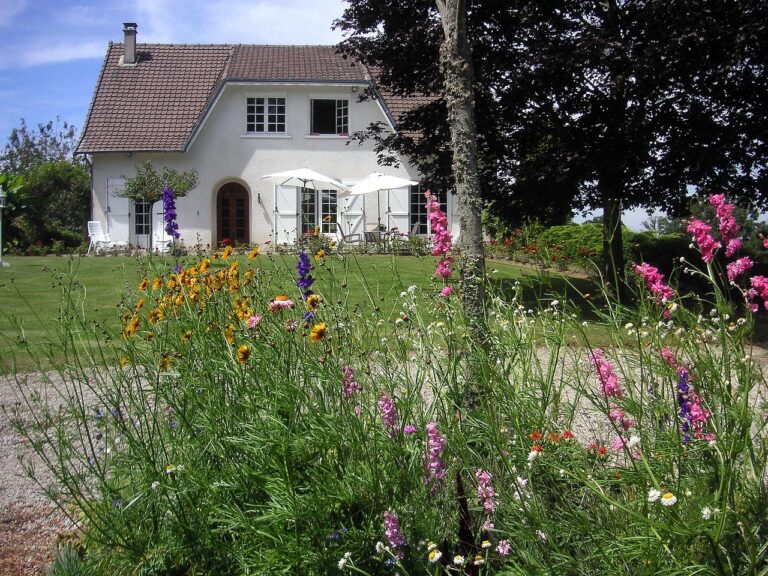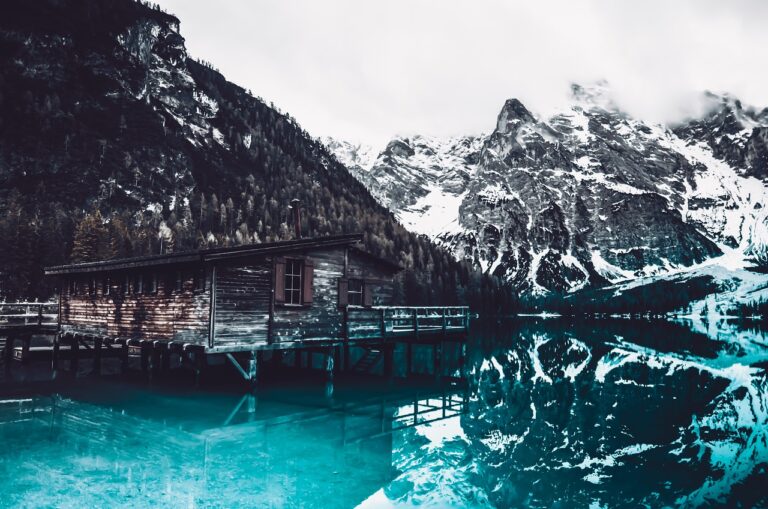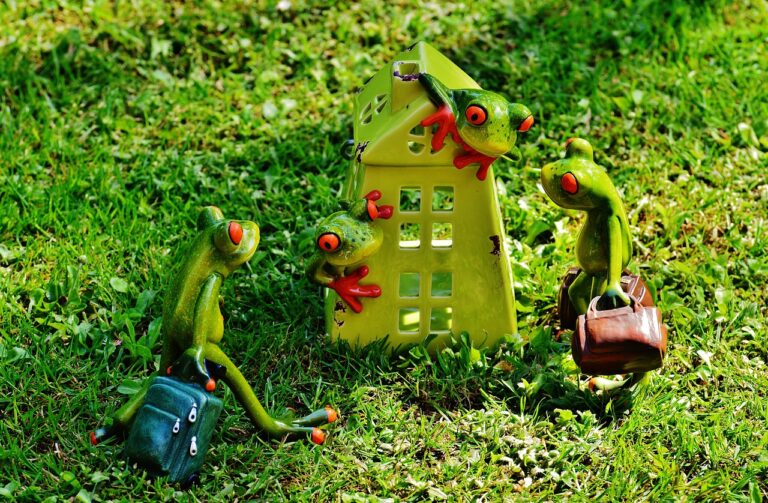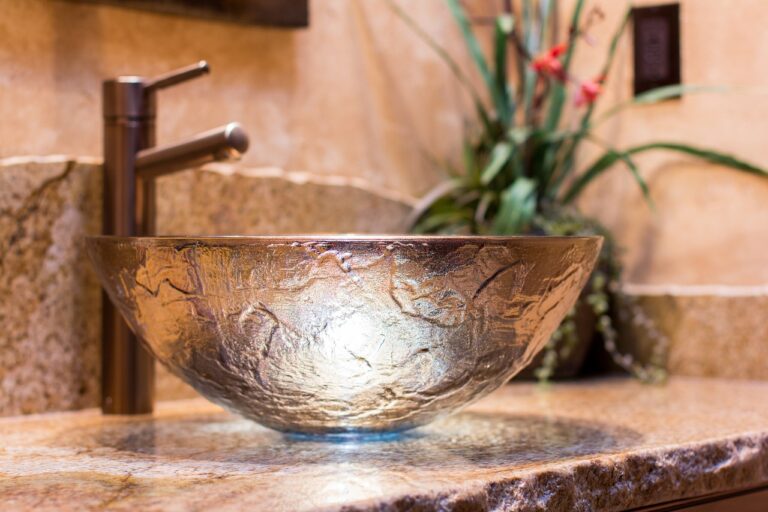Designing Hardscape Features for Climate-Sensitive Communities
sky247 login, diamondexch9.com, tiger exchange: Designing Hardscape Features for Climate-Sensitive Communities
In designing hardscape features for climate-sensitive communities, it is essential to consider the impact of climate change on the environment and how it affects the infrastructure we build. Hardscape features, such as pavements, walls, and other built structures, play a crucial role in urban planning and landscape design. However, as temperatures rise and extreme weather events become more frequent, it is becoming increasingly important to design hardscape features that can withstand these challenges while also being environmentally friendly.
Climate-sensitive communities are those that are vulnerable to the impacts of climate change, such as flooding, heatwaves, and drought. In these communities, hardscape features need to be designed with resilience and sustainability in mind.
Here are some guidelines for designing hardscape features for climate-sensitive communities:
1. Permeable Pavements: In areas prone to flooding, permeable pavements can help reduce the risk of water runoff and flooding by allowing water to infiltrate into the ground. These pavements can be made of porous materials that allow water to pass through, reducing the strain on stormwater systems.
2. Green Roofs: Green roofs are an excellent way to mitigate the heat island effect in urban areas and reduce energy consumption by providing insulation. They also help absorb rainwater and reduce runoff, making them an ideal hardscape feature for climate-sensitive communities.
3. Rain Gardens: Rain gardens are designed to capture and absorb rainwater, reducing the risk of flooding and erosion. They are typically planted with native vegetation that can thrive in wet conditions, making them both functional and aesthetically pleasing.
4. Solar-powered Lighting: In climate-sensitive communities, it is essential to incorporate energy-efficient lighting systems that rely on renewable energy sources, such as solar power. This not only reduces energy consumption but also helps to mitigate the effects of climate change.
5. Drought-resistant Landscaping: When designing hardscape features for climate-sensitive communities, it is crucial to choose plants that are drought-resistant and require minimal water. This not only reduces water consumption but also helps to conserve resources in times of drought.
6. Tree Planting: Trees play a vital role in mitigating the effects of climate change by providing shade, reducing temperatures, and absorbing carbon dioxide. In climate-sensitive communities, it is essential to incorporate tree planting into hardscape design to improve air quality and provide habitat for wildlife.
7. Green Walls: Green walls are vertical gardens that can help reduce urban heat islands and improve air quality in climate-sensitive communities. They can also provide insulation and reduce energy consumption in buildings.
8. Permeable Paving Systems: Permeable paving systems are an effective way to reduce runoff and flooding by allowing water to infiltrate into the ground. These systems can be made of porous materials or designed with gaps to allow water to pass through.
9. Sustainable Materials: When designing hardscape features for climate-sensitive communities, it is important to choose sustainable materials that have a low environmental impact. This includes using recycled materials, locally sourced materials, and products that are durable and long-lasting.
10. Water Harvesting Systems: Water harvesting systems can help collect rainwater for irrigation and other uses, reducing the demand on municipal water supplies. These systems can be integrated into hardscape features such as pavements, roofs, and rain gardens.
11. Heat-reflective Materials: In urban areas, hardscape features can contribute to the heat island effect, where temperatures are higher than in surrounding rural areas. Using heat-reflective materials can help reduce heat absorption and improve comfort for residents.
12. Climate Data Analysis: Before designing hardscape features for climate-sensitive communities, it is essential to analyze climate data to understand the specific challenges and vulnerabilities of the area. This can help inform design decisions and ensure that hardscape features are resilient to future climate change impacts.
13. Community Engagement: When designing hardscape features for climate-sensitive communities, it is crucial to engage the community in the design process. This can help to ensure that hardscape features meet the needs and preferences of residents and are well-received by the community.
14. Maintenance Considerations: Hardscape features require regular maintenance to ensure they remain functional and attractive. When designing hardscape features for climate-sensitive communities, it is essential to consider maintenance requirements and develop a maintenance plan to keep hardscape features in good condition.
15. Adaptation and Flexibility: Climate change is a dynamic and evolving challenge, and hardscape features need to be designed with adaptation and flexibility in mind. This includes designing features that can be easily modified or retrofitted in response to changing climatic conditions.
16. Collaboration with Experts: Designing hardscape features for climate-sensitive communities often requires a multidisciplinary approach involving landscape architects, engineers, urban planners, and other experts. Collaborating with experts can help ensure that hardscape features are well-designed and effective in mitigating the impacts of climate change.
17. Education and Outreach: In climate-sensitive communities, it is essential to educate residents about the importance of hardscape features in improving resilience to climate change. Outreach programs can help raise awareness about the benefits of sustainable hardscape design and encourage community participation in climate adaptation efforts.
18. Monitoring and Evaluation: After hardscape features are implemented, it is crucial to monitor their performance and evaluate their effectiveness in mitigating the impacts of climate change. This can help identify areas for improvement and inform future design decisions.
19. Funding and Resources: Designing hardscape features for climate-sensitive communities can require significant funding and resources. Securing funding from government agencies, grants, and other sources can help support the implementation of sustainable hardscape features in vulnerable communities.
20. Long-term Planning: When designing hardscape features for climate-sensitive communities, it is essential to take a long-term perspective and consider the future impacts of climate change. This includes planning for future growth, development, and climate adaptation measures to ensure that hardscape features remain effective and resilient over time.
FAQs
Q: What are some benefits of designing hardscape features for climate-sensitive communities?
A: Designing hardscape features for climate-sensitive communities can help improve resilience to extreme weather events, reduce energy consumption, enhance biodiversity, and create healthier and more livable communities.
Q: How can hardscape features help mitigate the impacts of climate change?
A: Hardscape features such as permeable pavements, green roofs, rain gardens, and tree planting can help reduce flooding, urban heat islands, air pollution, and water runoff, mitigating the impacts of climate change in vulnerable communities.
Q: What are some challenges in designing hardscape features for climate-sensitive communities?
A: Some challenges in designing hardscape features for climate-sensitive communities include limited funding and resources, lack of expertise, resistance to change, and the need for long-term planning and maintenance.
Q: How can community engagement help in designing hardscape features for climate-sensitive communities?
A: Community engagement can help ensure that hardscape features meet the needs and preferences of residents, raise awareness about the benefits of sustainable design, and foster a sense of ownership and pride in the community.
Q: What role do sustainable materials play in designing hardscape features for climate-sensitive communities?
A: Sustainable materials such as recycled materials, locally sourced materials, and products with a low environmental impact can help reduce carbon emissions, conserve resources, and create a more sustainable and resilient built environment in climate-sensitive communities.
Conclusion
Designing hardscape features for climate-sensitive communities is a complex but crucial process that requires careful planning, collaboration, and innovation. By incorporating sustainable design principles, resilience strategies, and community engagement into hardscape design, we can create more livable, healthy, and resilient communities that are better equipped to withstand the challenges of climate change. Together, we can build a more sustainable future for all.







